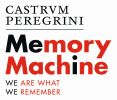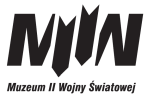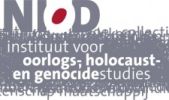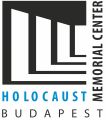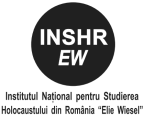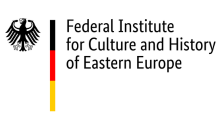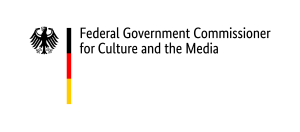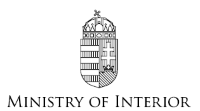The exhibition will be on display at the Východoslovenské múzeum v Košiciach (Eastslovakian Museum in Košice), Slovakia.
The Jewish genocide in war-torn Europe claimed millions of lives. In the face of the tragic fate of Jews, local populations of countries occupied or allied with the III Reich along with some ordinary Germans faced a dilemma that they had probably never envisaged: how to react to such a mass atrocity? While individual responses to this question differed widely, only few offered help to people seeking to survive.
The exhibition presents accounts from eleven European countries: Croatia, Denmark, France, Germany, Hungary, Lithuania, The Netherlands, Poland, Romania, Slovakia, and Ukraine. By outlining stories of survivors along with those of rescuers, the display highlights the complexity of human relations under extreme conditions. The testimonies are also shown against a broader historical background to offer a more comprehensive understanding of local chances for Jews to survive and for helpers to provide aid.
This initiative is a collaborative project between ENRS, the POLIN Museum of the History of Polish Jews, and the Silent Heroes Memorial Center. It was first presented at the European Commission headquarters in Brussels in January 2018 to commemorate International Holocaust Remembrance Day. Since then, it has travelled to over 15 European cities and Japan.
Check out the exhibitions catalogue in English









